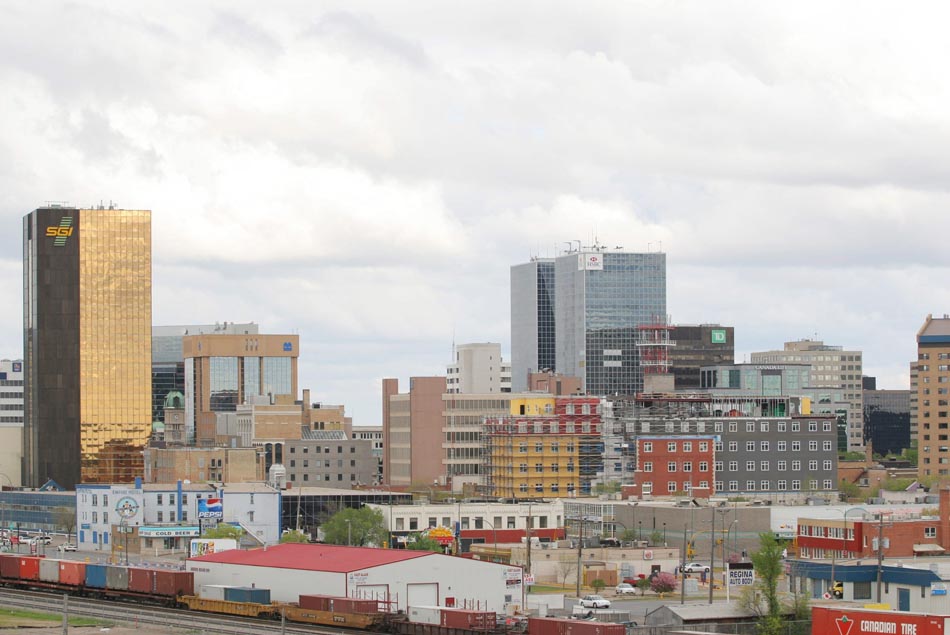OTTAWA – It’s the comeback story of the 2011 census.

Saskatchewan saw its largest growth spurt in more than a decade surpassing the one million person mark for the first time in 25 years, according to Statistics Canada.
The federal agency released its first set of data from the 2011 census on Wednesday, unveiling for the first time in five years exactly how many people live in Canada and where they are.
Canada grew to 33.5 million people in 2011 with highest growth rate among G8 countries, according to the data.
As it turns out, an ever-increasing number of Canadians are turning up in Saskatchewan wooed by the burgeoning natural resources and energy sectors.
Saskatchewan posted a 6.7 per cent increase in population growth, an impressive feat for a province that saw a decline of 1.1 per cent in the previous two censuses.
It’s the third highest provincial growth level in the country, trailing its Western neighbours B.C. and Alberta.
The increase amounts to 65,000 new Saskatchewan residents over the past five years. It’s an influx that pushed the population to 1,033,381 people, a number only seen once before in 1986.

Get daily National news
Driving the growth, according to StatCan, was immigration and interprovincial migration. The province received more than 28,000 immigrants and 12,000 interprovincial migrants since 2006, compared to net losses of 35,000 people in during the previous five years.
The explanation given by StatCan was simple.
“In the past five years, the natural resources and energy sectors generated economic growth in various regions of this Prairie province, which also had one of Canada’s lowest unemployment rates.”
Employment opportunities in the resource-rich province grew at a time where many of the industrial sectors in other provinces were hit by a global recession in 2008.
“We know people do move to get jobs or to be with friends and family,” said Jane Badets, Director-General of StatCan’s Social and Demographic Statistics Branch.
Growing attraction to the land of the living skies was apparent in its cities as well.
Regina saw a massive growth spurt reaching a population of 210,556 people, with an eight per cent growth rate. It was just 1.1 per cent in the previous census.
The growth rate in Saskatoon was a whopping 11.4 per cent leading to a population of 260,600 in 2011. Approximately 233,923 people lived in the city at last count.
Saskatoon’s growth was the third largest increase among major cities, called census metropolitan areas by StatCan. The city only trailed Calgary and Edmonton.
Martensville, one of the province’s smaller communities, posted the second fastest growth rate among municipalities at 55 per cent.
Newfoundland also saw a long-awaited reversal of its population fortunes. For the first time since 1986 the province saw positive population growth.
Its population reached 514,536 people, with a growth rate of 1.8 per cent.
Long a source of labour for other provinces, StatCan explained Newfoundland has been able to retain more of its residents over the past five years, which when added to a higher number of immigrants and temporary foreign residents, accounts of the population increase.
Wednesday data release was the first in a series of numbers gleaned from the 2011 census that will be released over the next year.
Subsequent 2012 releases will provide more detail about the characteristics of Canada population such as age, sex, family make-up, marital status, types of dwelling and language.







Comments